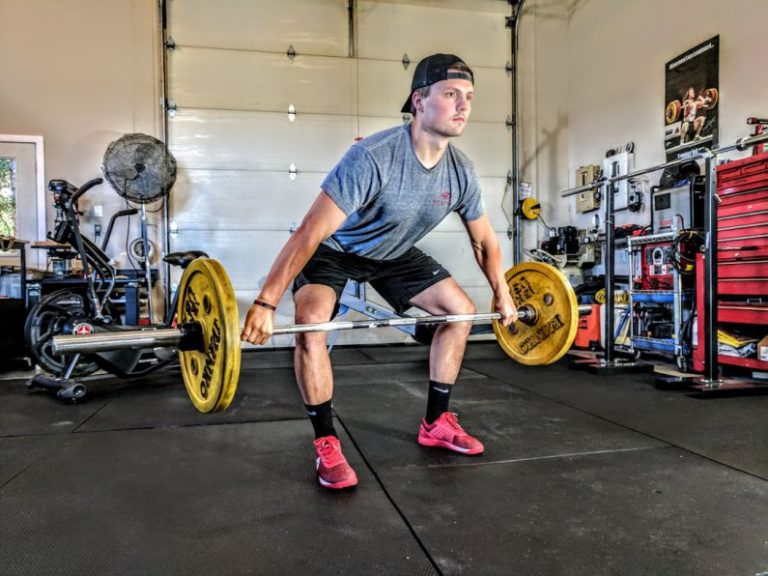The Role of Progressive Overload in Strength
Building strength is a multifaceted journey that involves dedication, consistency, and, most importantly, progressive overload. This fundamental principle is the cornerstone of any successful strength training program and is key to achieving significant gains in muscle mass and overall strength. Understanding the concept of progressive overload and implementing it effectively in your training routine can make a world of difference in your fitness journey.
What is Progressive Overload?
Progressive overload is the gradual increase in stress placed on the body during physical activity over time. This principle is based on the idea that in order to make continuous improvements in strength and muscle mass, you must consistently challenge your muscles to work harder than they are accustomed to. By progressively increasing the intensity, volume, or frequency of your workouts, you force your muscles to adapt and grow stronger in response to the increased demands placed upon them.
The Science Behind Progressive Overload
At its core, progressive overload triggers a process known as muscle hypertrophy, which refers to the increase in muscle size and strength in response to resistance training. When you subject your muscles to progressively greater levels of stress, you create microscopic damage to the muscle fibers. In response to this damage, the body initiates a repair process that involves the synthesis of new muscle proteins, leading to muscle growth and increased strength.
Implementing Progressive Overload in Your Training Regimen
To effectively incorporate progressive overload into your strength training routine, it is essential to understand the various ways in which you can manipulate training variables to continually challenge your muscles. Here are some key strategies to help you implement progressive overload effectively:
Gradually Increase Weight: One of the most common methods of progressive overload is to increase the amount of weight lifted during resistance training exercises. By incrementally adding weight to your lifts over time, you can ensure that your muscles are constantly being pushed to adapt and grow stronger.
Adjust Repetitions and Sets: Another way to apply progressive overload is to alter the number of repetitions and sets performed during your workouts. By gradually increasing the number of reps or sets you complete, you can increase the overall volume of your training, thereby challenging your muscles in new ways.
Control Tempo and Rest Periods: Manipulating the tempo at which you perform exercises and adjusting rest periods between sets can also be effective ways to introduce progressive overload. Slowing down the eccentric (lowering) phase of an exercise or reducing rest time between sets can increase the difficulty of a workout and stimulate muscle growth.
Incorporate Advanced Training Techniques: Incorporating advanced training techniques such as drop sets, supersets, and pyramid sets can provide additional ways to apply progressive overload and keep your workouts challenging and engaging.
Listen to Your Body: It is important to listen to your body and pay attention to signs of fatigue, soreness, and recovery. While progressive overload is essential for making gains in strength, it is equally important to allow adequate time for rest and recovery to avoid overtraining and injury.
The Benefits of Progressive Overload
Consistently applying the principle of progressive overload in your strength training regimen offers a host of benefits beyond just increased muscle size and strength. By continually challenging your muscles and pushing your limits, you can improve your overall fitness level, enhance your athletic performance, and boost your metabolism.
Moreover, progressive overload can help prevent plateaus and stagnation in your training progress by ensuring that your muscles are always being stimulated in new ways. By embracing the concept of progressive overload and consistently striving to push your boundaries, you can unlock your full potential and achieve remarkable results in your strength training journey.
Incorporating Progressive Overload: A Path to Success
In conclusion, progressive overload is a crucial component of any effective strength training program. By understanding the science behind this principle and implementing it strategically in your workouts, you can optimize your muscle gains, improve your strength, and take your fitness to new heights. Remember, progress takes time and consistency, so be patient, stay committed, and embrace the challenge of progressive overload as you work towards achieving your fitness goals.






